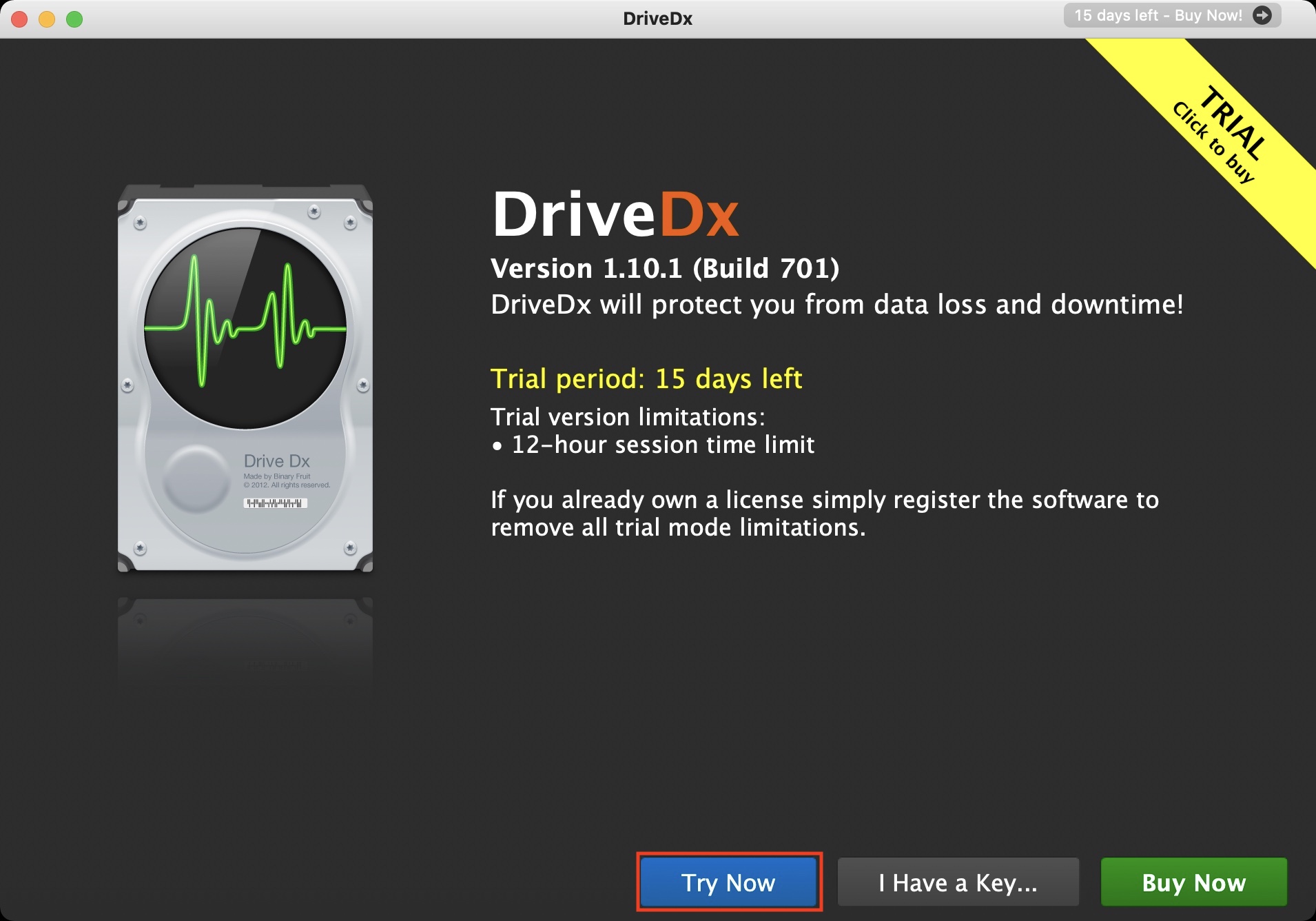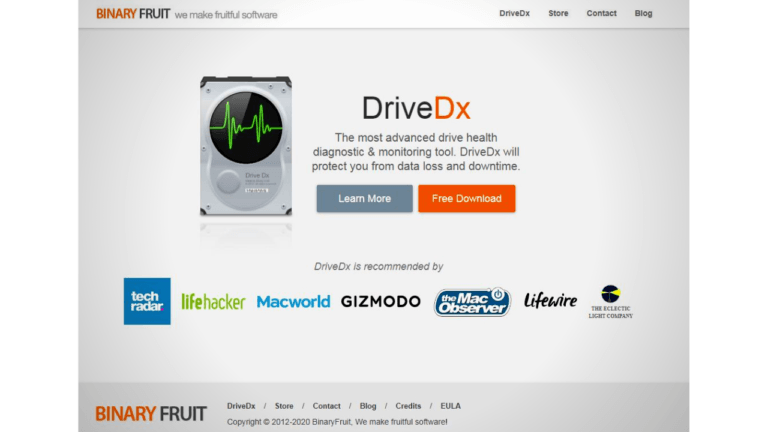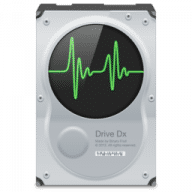

With this hard drive, the UDMA CRC Error Count shows that there are occasional errors during data transmission. These limits can be set separately for each hard drive, but here, too, I had the problem with the T2 chip: After every restart, DriveDx has no access to the corresponding data on the external hard drives if I don't unplug them for a short time. In order to avoid such problems in the future, you can use a helpful feature of DriveDx, which sends out warnings in the form of notifications if you fall below freely definable limits (in percentages). For me, however, there was an abrupt transition from normal operation to "inoperable", as Adobe Premiere filled all available hard disk space on the system disk within a few minutes. These arise because he is desperately trying to shovel data back and forth in order to be able to continue somehow.
#Mac drivedx full#
When the hard drive space on my "Macintosh HD" was at some point only a few hundred megabytes, the finder hoisted the white flag and hung himself up.Īs a rule, you will notice that the hard drive is getting full long in advance because the finder is getting tougher and has small dropouts every now and then.

The whole thing happened when cutting videos with Adobe Premiere, but a few gigabytes of new data quickly develop that want to be written somewhere.

In the last few years I have managed to paralyze my Mac exactly once by completely filling the startup disk with data. There are numerous instructions in the FAQ or the knowledge base. After a restart, however, the problem occurs again and you have to disconnect the hard disks again briefly if you want to run evaluations with DriveDx. For me, the external hard drives then appeared with all evaluations in DriveDx. However, the solution is very simple: pull out the hard drive (after ejecting it in the Finder) briefly unplugged from the Mac and plugged it in again. This means that DriveDx cannot access the external hard drives after the system has started.
#Mac drivedx driver#
For example, it happened to me that I could see the external hard drives in the DriveDx list, but they did not transfer any information to DriveDx - even though I installed the USB driver for the software and given the security clearance in Mojave have.Īfter a short email exchange with DriveDx support, it was also clear why this was the case: On Macs with the T2 security chip (such as the MacBook Pro from 2018 or the iMac Pro), the USB driver from DriveDx is activated by the macOS when booting Driver overwritten. Depending on your Mac, you may run into one or the other problem when viewing the other drives. When you load DriveDx onto the Mac, you can only evaluate the Mac's internal hard drives at first. With the self-tests, drives (HDD or SSD) can be completely checked within a few minutes. The whole thing is an industry standard and is now available in almost all hard drives, but as a user you usually don't see much of it unless you have just installed software like DriveDx. SMART stands for Self-Monitoring, Analysis and Reporting Technology - In other words: A system with which the hard drive can monitor itself and output analyzes and status reports. This Mac app can be used to monitor internal and external hard drives by checking the SMART status ( Wiki) of the drive is queried and evaluated.
#Mac drivedx download#
Only recently I came across the small tool "DriveDx" through a report in the English Macworld (here the Download link).
#Mac drivedx update#
8 Update 1: DriveDx and the background processes.7 DriveDx has only limited functionality on Macs with a T2 chip.4 email reports for remote hard drive monitoring.1 study on the informative value of the SMART system.


 0 kommentar(er)
0 kommentar(er)
